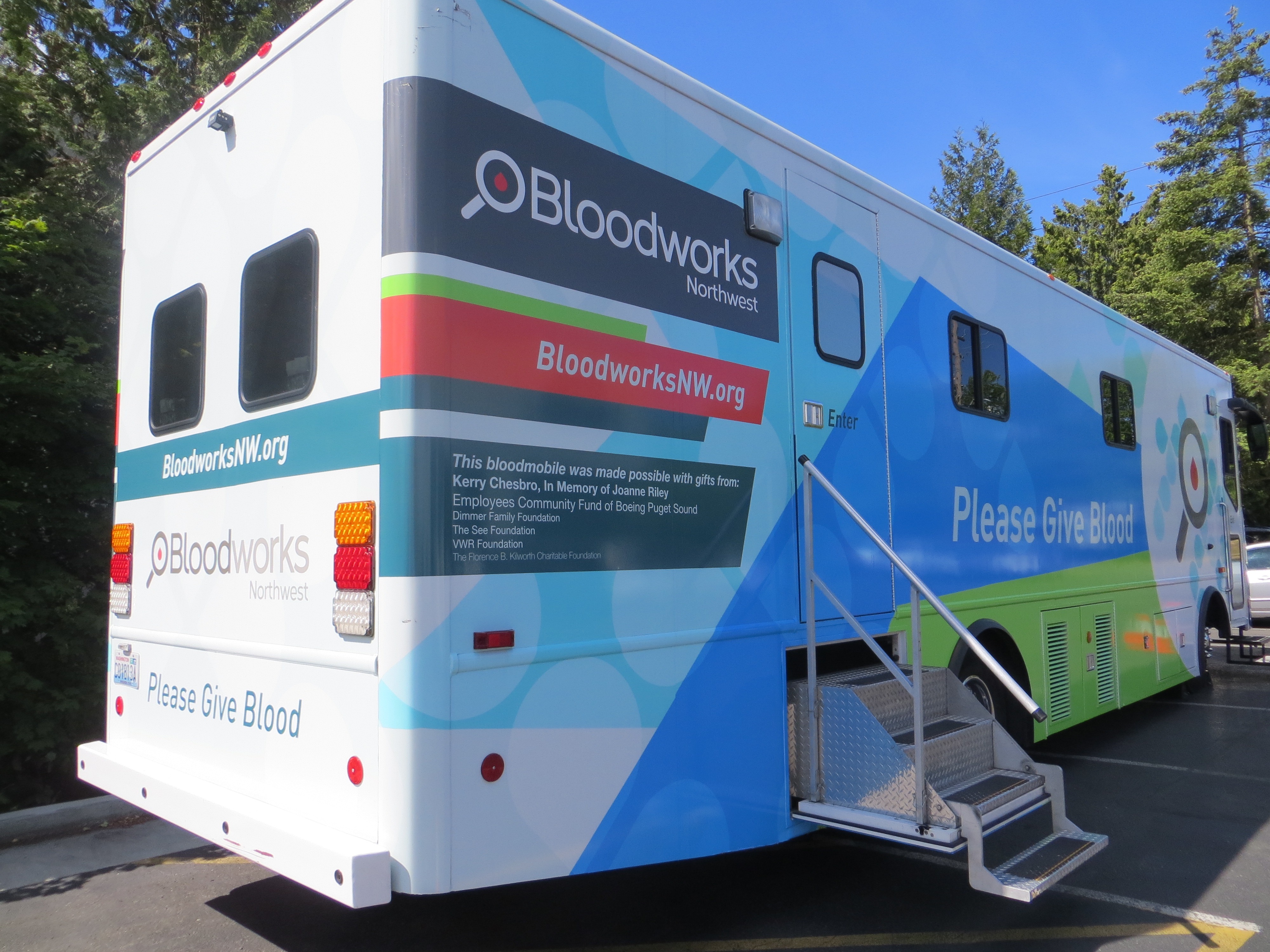Common-sense legislation sponsored by Senator Rebecca Saldaña (D-Seattle) intended to grant HOV access to vehicles transporting blood has been changed into yet another bureaucratic two-year study.
Senate Substitute Bill 5837, which passed through the Senate on February 28th, gives Washington State Department of Transportation (WSDOT) officials two years to reexamine HOV lane access rules and what the impacts would be of granting access to vehicles that deliver blood, tissue and plasma. The state agency claims they need time to re-evaluate Washington Administrative Code (WAC) pertaining to HOV lanes as a whole because nine out of 12 of the central Puget Sound travel corridors are failing to comply with federal law.
Federal law mandates that vehicles in HOV lanes must travel 45 miles per hour at least 90 percent of the time over a consecutive 180-period during peak travel times. If they fail to perform at this level, the HOV facility is considered degraded and the state must submit a report on how they plan to comply. If the state fails to bring the facility into compliance, it can lose federal funds.
The state rule is WAC 468-510-010, which authorizes HOV access to several types of vehicles. Law enforcement, fire trucks, and certain tow trucks can use HOV lanes during emergencies, but a vehicle carrying blood to a hospital cannot. How the state will evaluate the WAC is unknown, but it seems to me that blood delivery vehicles should be considered emergency vehicles under section five of the rule.
Unfortunately, what is obvious to most people requires years of meetings and paper shuffling for government agencies.
From WSDOT’s perspective, letting additional vehicles into the failing HOV lanes, even if it’s just a couple dozen vehicles carrying perishable, life-saving blood, is not good policy. I can understand the value of procedure, especially with regard to lanes that public officials have allowed to fail.
However, WSDOT’s supposed adherence to procedure falls apart when you look at Substitute Senate Bill 5018, which authorizes WSDOT to allow wheelchair accessible taxicabs access to HOV lanes. This bill passed through the Senate unanimously, without being blocked and changed into a study. This may be because this type of private vehicle is designed for the transport of a person, rather than a life-saving substance. Even so, it demonstrates that public officials do make exceptions for certain vehicles, even if HOV lanes are failing.
Naturally, nonprofits that collect and transport blood, especially in emergencies, have reason to be concerned as traffic delays continue to increase and have harmful impacts. According to a recent WSDOT report, officials have let traffic congestion get worse by 91.2% between 2011 and 2015.
If public officials insist on the two-year study, they should consider allowing blood vehicles access to HOV lanes as a part of the study, and to ultimately define them as emergency vehicles. To echo the comments made by Representative Marcus Riccelli (D-Spokane) in the House Transportation Committee, “Why are we studying this? Seems pretty common sense to me.”
Transportation policy with an obvious public benefit, and in this case one that could save lives, should not be blocked because WSDOT officials have failed to improve traffic congestion.





